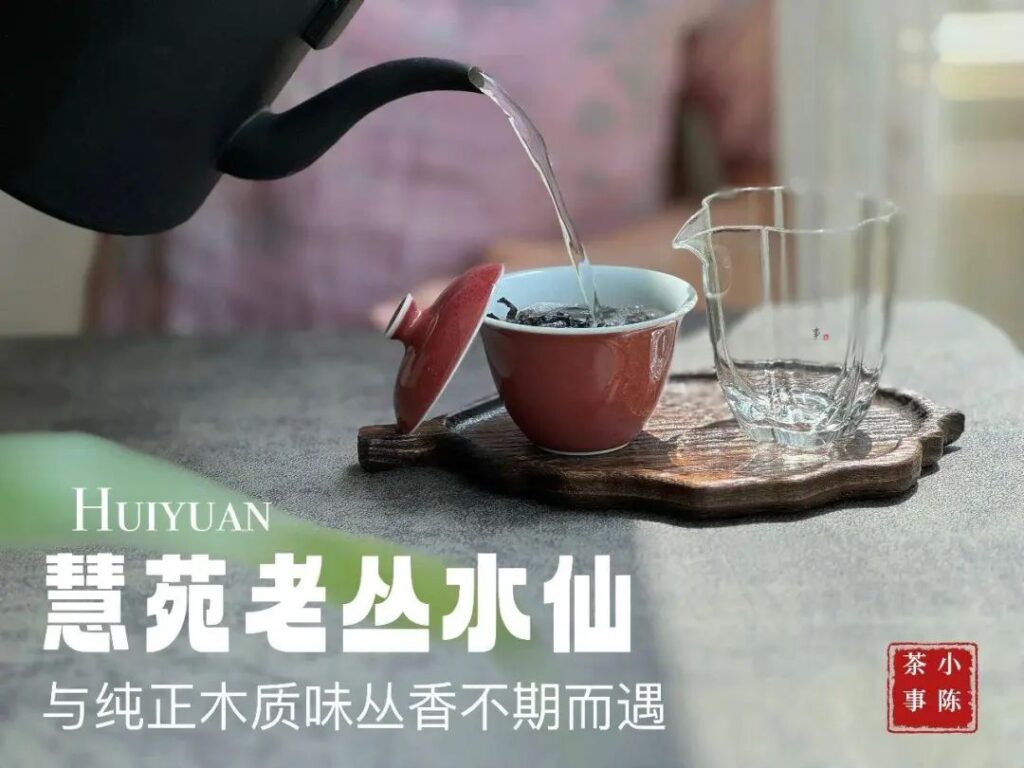Time flows like a river in Jiangsu, moving forward ceaselessly on the path of life. During this journey, some people reap much, while others feel lost. Many gain a deeper understanding of the world through culture, and some develop a particular fondness for certain customs or behaviors. This is imaginable and expected, and it requires sufficient recognition and full understanding. When it comes to tea culture, some may wonder, is there really a culture in drinking tea? What is tea culture? This is understandable, as culture encompasses many aspects, including food culture, folk culture, regional culture, and of course, tea culture.
It is rich in content, diverse in form, unique, and cannot be explained in a few words. It is a systematic process and a multifaceted, multilevel display of content and form. A famous saying goes, ‘One can live without meat, but not without bamboo.’ Now, we might revise it to, ‘One can live without meat, but not without tea,’ because tea and its culture are integral parts of traditional folk culture, indispensable in daily life, and closely related to people’s well-being.Tea culture is profound, with a multitude of content, distinct characteristics, and rich connotations with unique forms of expression. It gives a refreshing, natural, and comfortable feeling, which is not always present but arises under specific conditions and environments. Tea has a long history in our country, with records of tea as a beverage dating back more than 2200 years, indicating a truly lengthy and remarkable history that is eye-catching and thought-provoking.
Our ancestors were dedicated to the pursuit and study of tea. In addition, China’s tea market offers a variety of types to choose from, each with its effects and flavors to meet the needs of different people. For instance, in the early winter season, choosing to drink black tea is undoubtedly a wise decision. Black tea can be consumed daily to quench thirst and has a warming effect on the stomach, which means it has certain health benefits. Drinking more in winter is definitely beneficial. White tea is a unique specialty in the tea market, with a light aroma, mild taste, and pleasant feeling. It is reported that regular consumption of white tea can help regulate blood lipids and promote health. Green tea, which is popular among the masses, is the most familiar to consumers and probably the most widely consumed tea, with a vast market.Especially in summer, regularly drinking green tea not only quells thirst and replenishes fluids but also calms the emotions and maintains psychological stability during the hot season. Those who have a fondness for or are particular about tea often enjoy the type of tea that suits them best. A cup of clear tea, steaming hot, emits a fragrance that is refreshing and invigorating. At such moments, watching the tea leaves gradually sink and float in the cup, along with the deepening color, and taking a few sips, indeed provides a unique sensation, a sense of delight. Moreover, we can integrate the act of tea drinking with life itself, enhancing its depth and richness. This is the art of tea tasting and life contemplation, analyzing the relationship between the two from different perspectives, finding their commonalities, and discovering insights and reflections that inspire the mind and express emotions. By doing so, one elevates the state of life to a new height, making tea tasting more meaningful, distinctive, and enriched with. Furthermore, throughout history, many literati have shown a keen interest in tea and its culture, affirming and appreciating it. They have left behind a legacy of cultural heritage and spiritual sustenance through their poetic works. For instance, Du Fu’s verse ‘On the platform at sunset, in the spring breeze, sipping tea,’ Pi Rixiu and Lu Gui Meng’s ‘Tea Miscellany’ series, including ‘Tea Field’ and ‘Tea Person,’ which detail the cultivation, picking, and processing of tea. Yuan Zhen’s ‘Tea, fragrant leaves, tender buds, admired by poets, loved by monks.’ Ouyang Xiu’s ‘Double Well Tea,’ expressing the cherishing and praise of tea. Su Shi’s ‘Washing Creek Sand – The Rustling of Clothes and Towels Falling with Jujube Flowers,’ mentioning ‘Do not think of the old country with old friends, but try the new fire with new tea.’ Yelü Chucai’s ‘From the Western Regions, asking for tea from Wang Junyu, in seven rhymes,’ expressing the longing for Jianxi tea. This is the uniqueness, profoundness, and richness of tea culture, which is worth appreciating. In the days to come, as traditional culture continues to be promoted, we have reason to believe that the tea market and its associated culture will have a bright future, with promising prospects ahead. November 27, 2024

